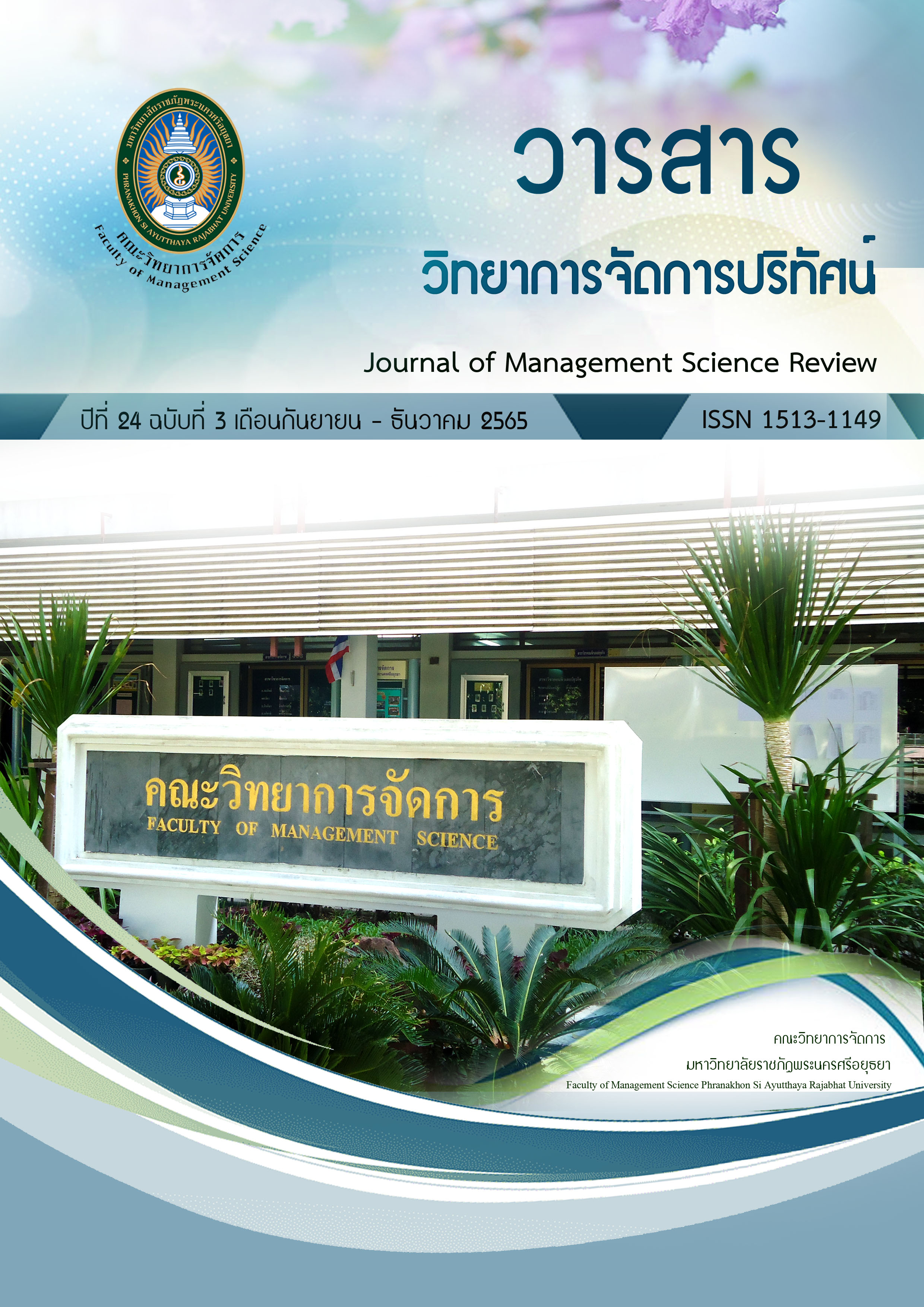Building Good Relationships with Suppliers and Partners in the New Normal Era
Keywords:
Suppliers and Partners, Good Relationships, New Normal EraAbstract
Negotiation in Procurement and purchasing in the New Normal Life Era with suppliers and partners. The company or business organization must consider the following factors: it should know the raw material demand of customers. The company or business organization should not change suppliers frequently. Commercial contracts must be drawn up clearly and accurately. The company or business entity must read the agreement carefully. The company or business entity should have at least two suppliers on hand, in order to prepare for dealing with insufficient raw materials for sale or another company offering more discounts or benefits and supplier problems that companies or business organizations have to face whether it is a supplier no items needed It is a problem that every business encounters often. There is a delay in the delivery, not on time service is not thorough. This is a problem with suppliers that are large companies, because there will be many customers causing unequal service, offering substitute products to the supplier's vent.
Therefore, in selecting a good supplier company or business organization before deciding to choose a shop. The supplier is already a partner with the company. Several factors must be considered along with how to prepare to deal with various problems that must be encountered, to make the company or business organization can have the most profit, be able to control employees, and there is no problem of cost over expenses. If the company manages well will make the customer or the employment of the manufacturer on a regular basis.
References
กมลชนก สุทธิวาทนฤพุฒิ. (2547). การจัดการโซ่อุปทานและโลจิสติกส์ (Supply Chain and Logistics). กรุงเทพฯ: ท้อป.
กิติมา สุรสนธิ (2554) ความรู้ทางการสื่อสาร. กรุงเทพฯ: คณะวารสารศาสตร์และสื่อสารมวลชน มหาวิทยาลัยธรรมศาสตร์.
กิรณา แก้วสุ่น. (2558). ปัจจัยสู่ความสำเร็จในการจัดการความเสี่ยงโซ่อุปทานอาหารสดในร้านค้าปลีกสมัยใหม่แบบลูกโซ่. บริหารธุรกิจดุษฎีบัณฑิต, มหาวิทยาลัยรังสิต.
โกศล ดีศีลธรรม. (2551). โลจิสติกส์และห่วงโซ่อุปทานสาหรับการแข่งขันยุคใหม่. กรุงเทพฯ: ฐานบุ๊คส์.
ณัฐพนธ์ เกษสาคร. (2562). สารสนเทศเพื่อการจัดการโลจิสติกส์ บทที่ 1. จาก https://www.scribd.com/doc/153952720/สารสนเทศเพื่อการจัดการโลจิสติกสบทที่ 1
ณัฐพล สุนทรสุทธิ์. (2553). การวิเคราะห์และเพิ่มประสิทธิภาพการเข้าถึงลูกค้าของพนักงานฝ่ายขายกรณีศึกษาบริษัท ทรีบอนด์ วีไอวี เซลส์ (ประเทศไทย) จำกัด. บริหารธุรกิจมหาบัณฑิต สาขาวิชาการจัดการโลจิสติกส์,มหาวิทยาลัยหอการค้าไทย.
ธิดารัตน์ ภัทราดูลย์. (2552). เกณฑ์การตัดสินใจในการจัดซื้อ. ค้นเมื่อ 20 ตุลาคม 2555, จากhttp://www.logisticscorner.com/index.php?option=com_content&view=category&id=37&Itemid=88
ภัทราภรณ์ กองประมูล. (2551). การเพิ่มประสิทธิผลการทำงานและเพิ่มยอดขายในธุรกิจค้าปลีก กรณีศึกษา บริษัท สตาร์แฟชั่น จำกัด. บริหารธุรกิจมหาบัณฑิต สาขาวิชาการจัดการโลจิสติกส์, มหาวิทยาลัยหอการค้าไทย.
Appelfeller, W. & Buchholz, W. (2011). Supplier Relationship Management. From https://doi.org/10.1007/978-3-8349-6424-3
Ayers, J.B. & Odegaard, M.A. (2017). Retail SupplyChain Management (2nd Ed.).
CRC Press.Harrison, A. & and Hoek. (2002). Logistics Management and Strategy 3rd edition Competing through the supply chain.
Lambert, D. M. (2004). The Eight Essential Supply Chain Management Processes, Supply Chain Management Review, 8(6),18-26.
W.C. Benton, Jr. (2009). Construction Purchasing &Supply Chain Management. New York: McGraw Kill.




